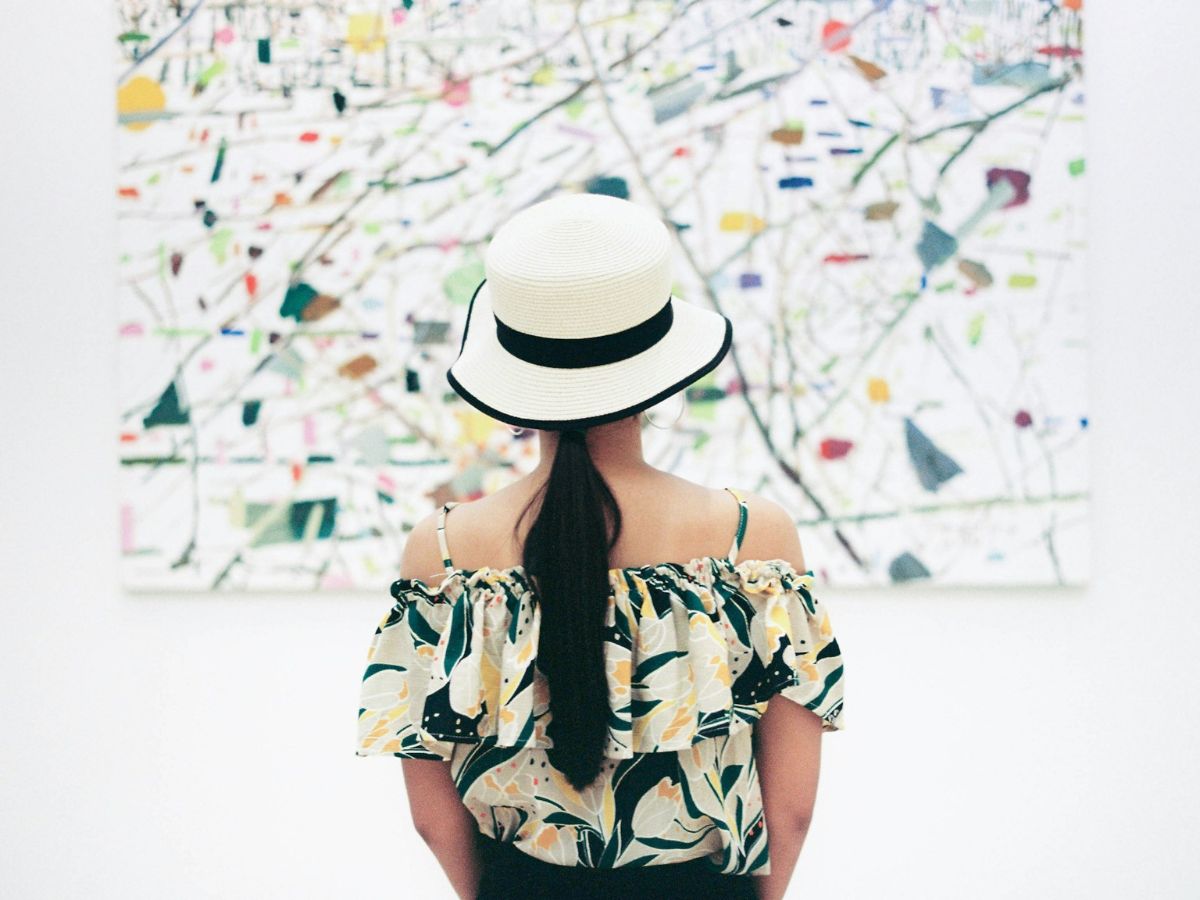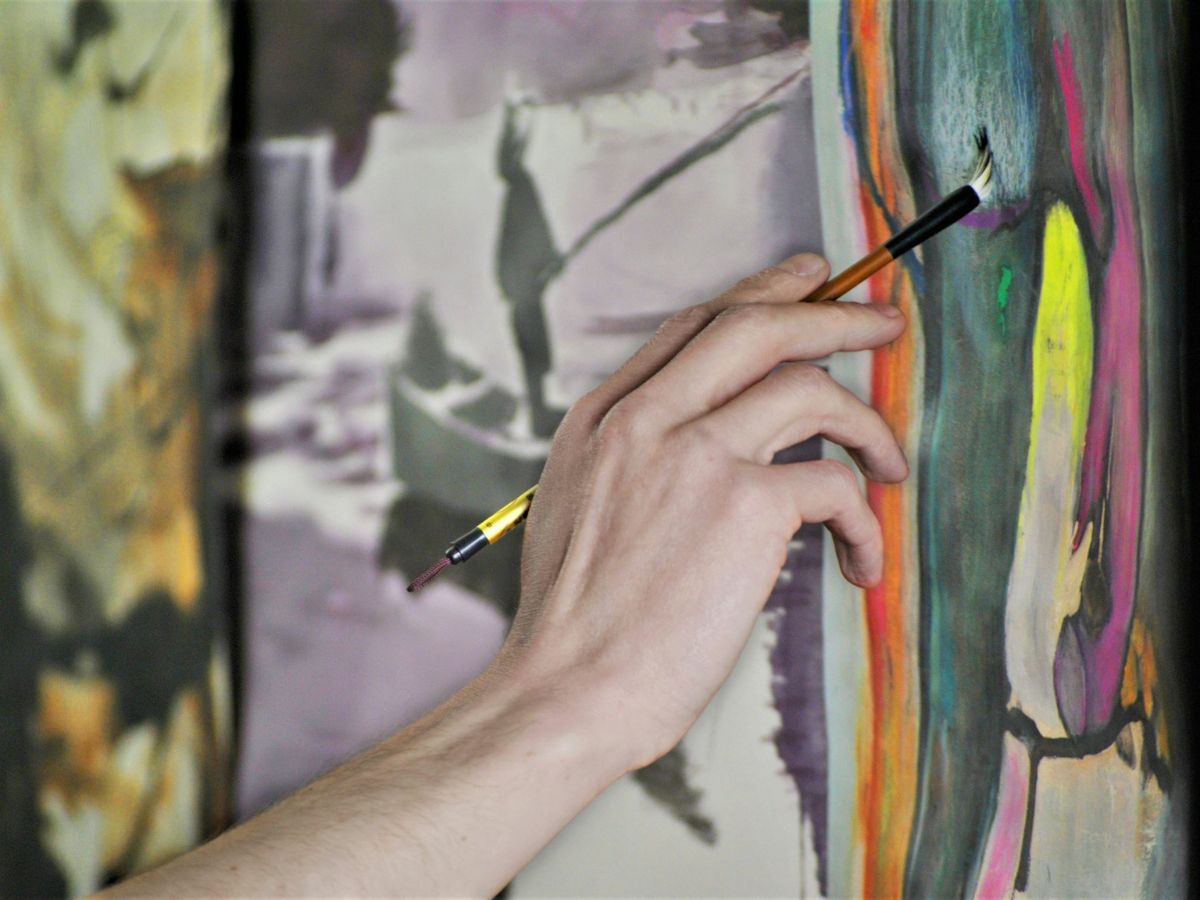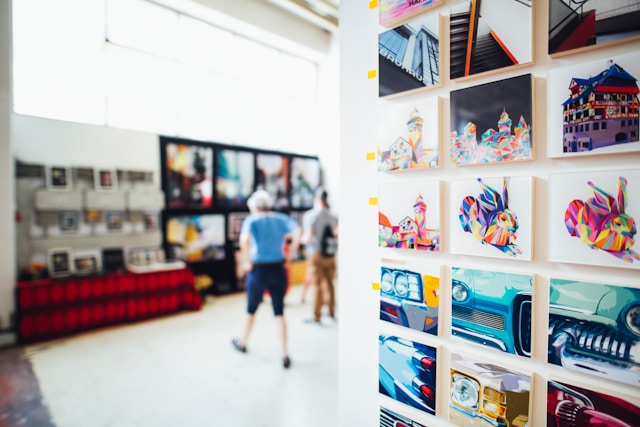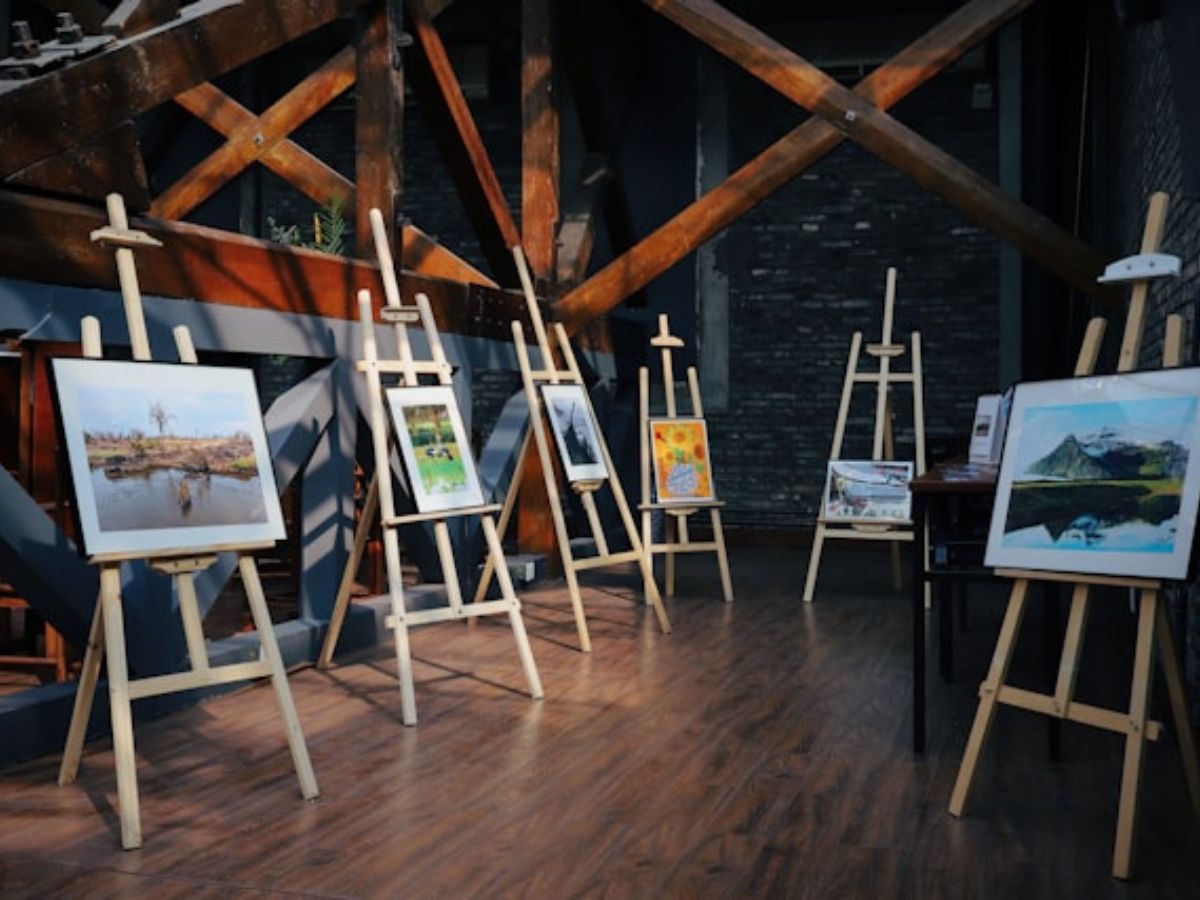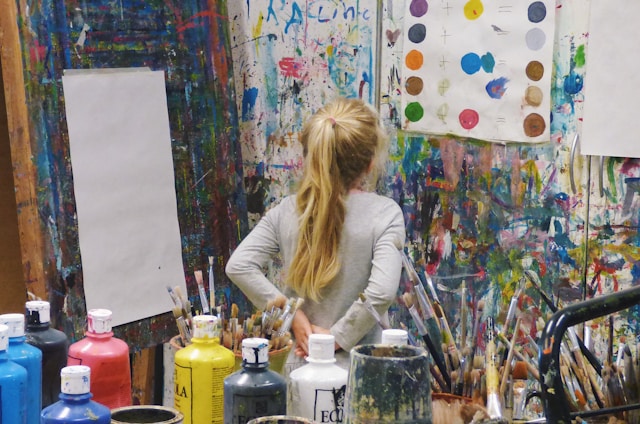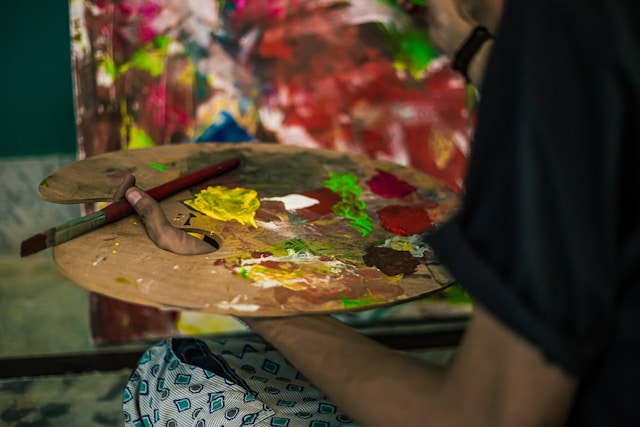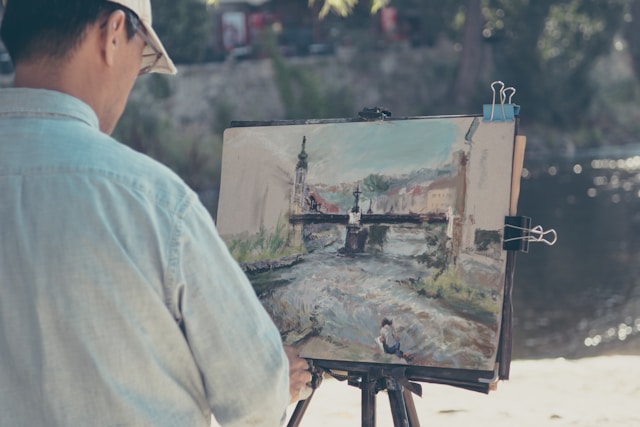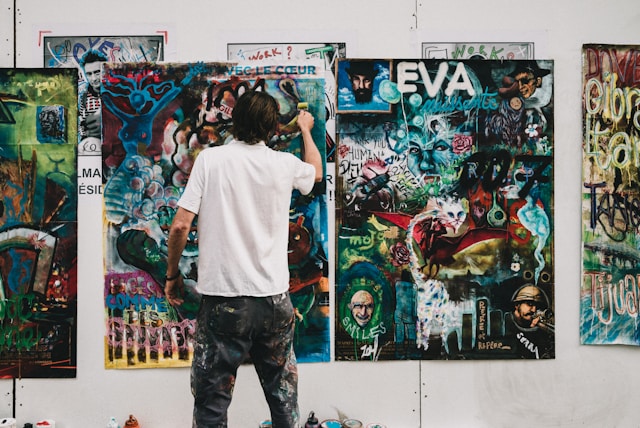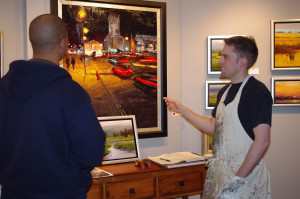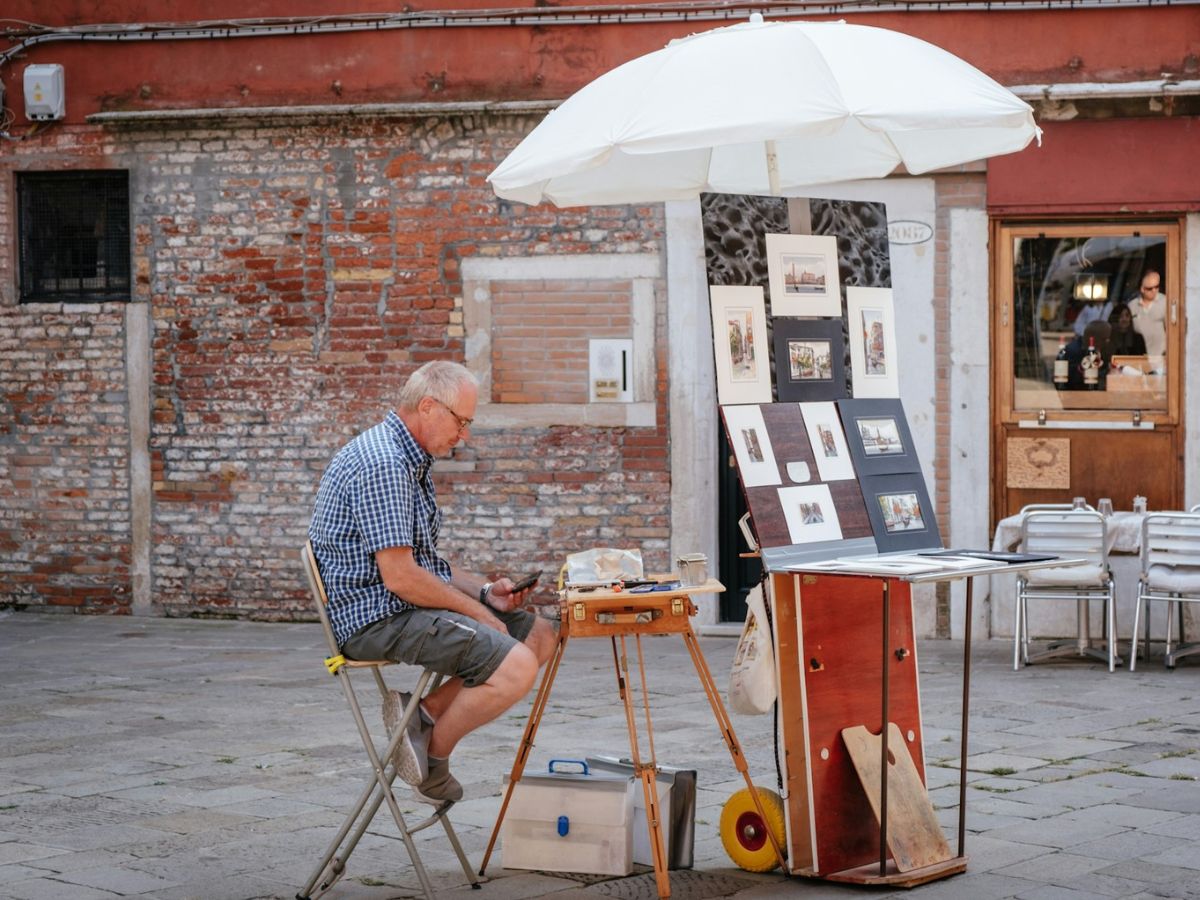
6 Tips on How Painters Can Gain Artistic Recognition
For many painters, achieving artistic recognition is an important goal. Recognition can lead to opportunities, financial success, a sense of validation for one’s creative endeavors, and for many, it gives hope that their hardwork doesn’t go unnoticed. However, in a competitive art world, standing out and gaining recognition requires a strategic approach.
Here are some practical steps to help artists gain the recognition they deserve.
1. Develop a Unique Style
Find your voice. Artistic recognition often starts with developing a unique style that distinguishes your work from others. Experiment with different techniques, mediums, and themes until you find a distinct voice that feels authentic to you.
Be consistent. Once you’ve found your style, be consistent in your work. Consistency helps build a recognizable brand that viewers can identify and appreciate. Paint regularly even when you’re not feeling creative.
2. Build a Strong Portfolio
Showcase your best work. Your portfolio is a reflection of your artistic capabilities. Include only your best pieces that highlight your unique style and skills.
Keep your portfolio updated. Regularly update your portfolio with new works. An evolving portfolio shows growth and keeps your audience engaged with fresh content. It also shows how you you are growing as an artist.
3. Participate in Exhibitions and Competitions
Local and national exhibitions. Submit your work to local galleries and national exhibitions. Being featured in a gallery can significantly increase your visibility and credibility.
Art competitions. Entering art competitions can provide exposure and, if you win, enhance your reputation. Many competitions offer online exhibitions, which can reach a global audience.
4. Engage with Your Audience
Build a mailing list. Create a mailing list and send regular newsletters with updates about your latest works, upcoming exhibitions, and special offers. You can start your mailing list by adding a pop-up offer on your website, a sign-up option on your social media, or in-person during art events and shows.
Host workshops and live demos. Offering workshops or live painting demonstrations can attract attention and build a community around your work. Teaching others also positions you as an expert in your field.
5. Seek Media Coverage
Press releases. Write press releases for your exhibitions or significant achievements and send them to local newspapers, art magazines, and blogs. Media coverage can significantly boost your visibility.
Interviews and features. Seek opportunities for interviews or features in art magazines, podcasts, and blogs. Sharing your story and insights can help build a connection with a broader audience.
6. Stay Persistent and Authentic
Patience and perseverance. Gaining recognition takes time and persistence. Keep creating, promoting, and engaging with your audience even when progress seems slow.
Stay true to your vision. Authenticity resonates with people. Stay true to your artistic vision and values, and your genuine passion will attract recognition.
By developing a unique style, building a strong online presence, networking, participating in exhibitions, leveraging art marketplaces, engaging with your audience, seeking media coverage, and remaining persistent and authentic, visual artists can gain the recognition they deserve. Remember, artistic recognition is a journey, and each step brings you closer to your goal.
Where To Buy Painting Canvases?
You don’t need to get out of the house to get a painting canvas. Order online or call us today at 1-512-910-7333 (Austin, TX), Mon – Fri: 9am to 5pm (Central Time) and we’ll deliver your canvas right at your doorstep.
